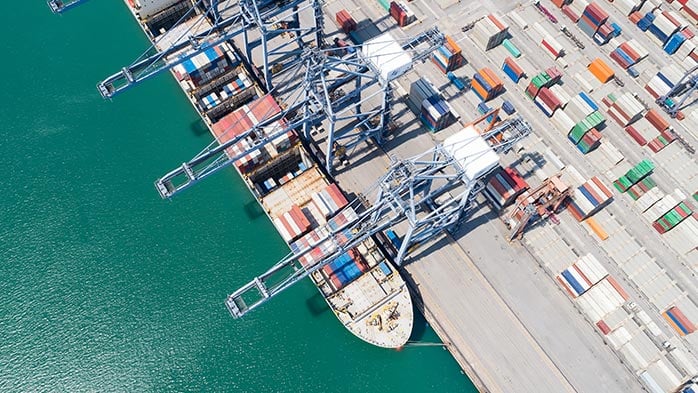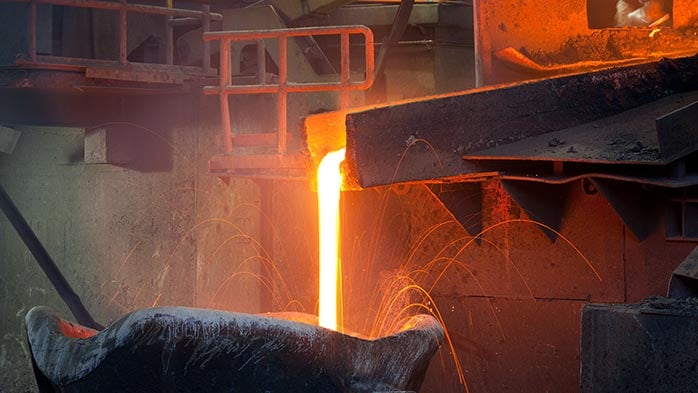The world is currently experiencing a ‘two-speed economy’, with the service sector continuing to grow while manufacturing and construction lag behind. This pattern is remarkably consistent across all three of the world’s largest economies: the US, China and the Eurozone.
Diverging fortunes for services and industry
After hitting highs in 2021 as economies re-opened from Covid-19 and consumer demand surged, manufacturing PMIs fell through most of 2022 (Figure 1, left-hand side). In 2023 they have generally remained stable at levels indicating very low growth or mild contraction. The exception has been the eurozone, where the index has declined almost continuously and is now at a level indicating a relatively sharp contraction.
In contrast, service sectors have remained resilient. If anything, PMIs have risen this year, although they have dropped in the last few months (Figure 1, right-hand side). This has pushed the divergence between services and manufacturing PMIs to its widest gap since the pandemic (Figure 2, left-hand side).
Weak construction and rebalancing consumers help explain the struggles of manufacturing
Why is manufacturing lagging behind services? There are a number of reasons:
Rotation of consumer demand. The pandemic saw an exceptional surge in spending on good – especially durable goods – at the same time as spending on services collapsed (Figure 2, right-hand side). In the US, spending on durables was further supercharged by the generous fiscal transfers made to households in 2020 and early 2021. However, as economies have re-opened spending on goods has slowed, with spending gradually rebalancing back towards pre-Covid-19 patterns. This has boosted services at the expense of manufacturing. Higher interest may have also discouraged spending on ‘big ticket’ items which are often bought using credit. This trend probably has further to run.
Problems in property markets. As interest rates have risen sharply in Europe, the US and other economies, demand for housing has fallen. Transactions volumes, prices and residential construction activity have all fallen. This has had a knock-on effect on manufacturing through the materials supply chains required for construction. In the US, strong demand for non-residential construction has partly offset the impact.
Residential construction in China has been particularly weak. However, rather than higher interest rates, this reflects a structural slowdown as the market moves to being a mature one driven more by replacement demand. The pandemic and the push on developers to deleverage have compounded these structural trends. As with the rotation of consumer demand, this trend probably has further to run.
Timing. The supply chain crisis of 2021 held back manufacturing production, and depressed inventories, particularly in Europe. As the supply-chain crisis eased through 2022, this helped to support European production even as final demand weakened, as inventories were rebuilt. This process has now largely run its course, leaving European industry exposed to the full weakness of final demand. Together with higher energy prices, this probably helps explain why manufacturing PMIs in Europe are particularly low.
Two of these three factors are likely to run for some time, suggesting that there is little chance of immediate relief for manufacturing. However, the process of decarbonisation may be a major supporting factor for manufacturing output. The huge investment in renewables, grids, transport and the real estate stock required to meet emissions targets has the potential to create huge demand for goods of all kinds.

















